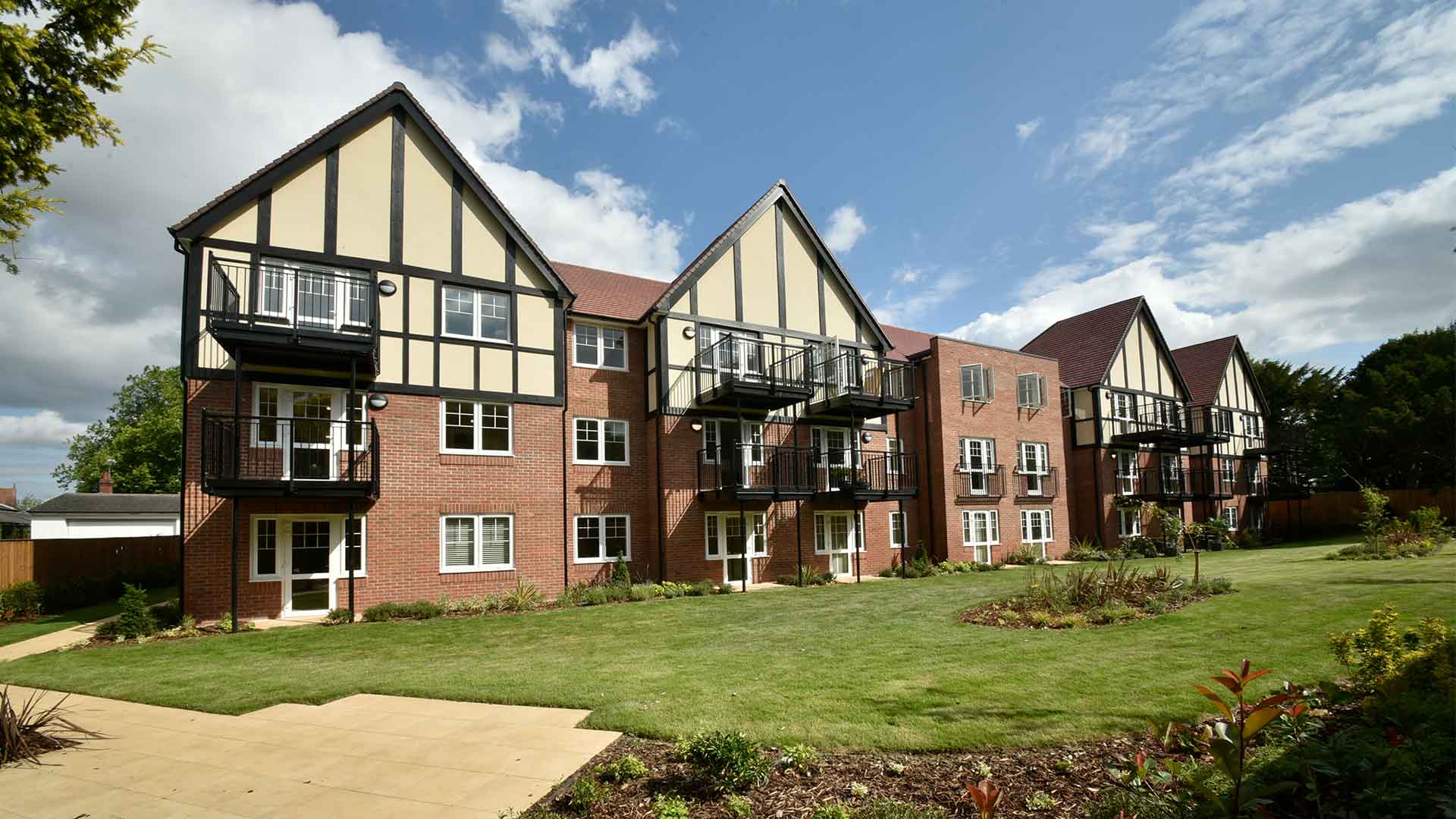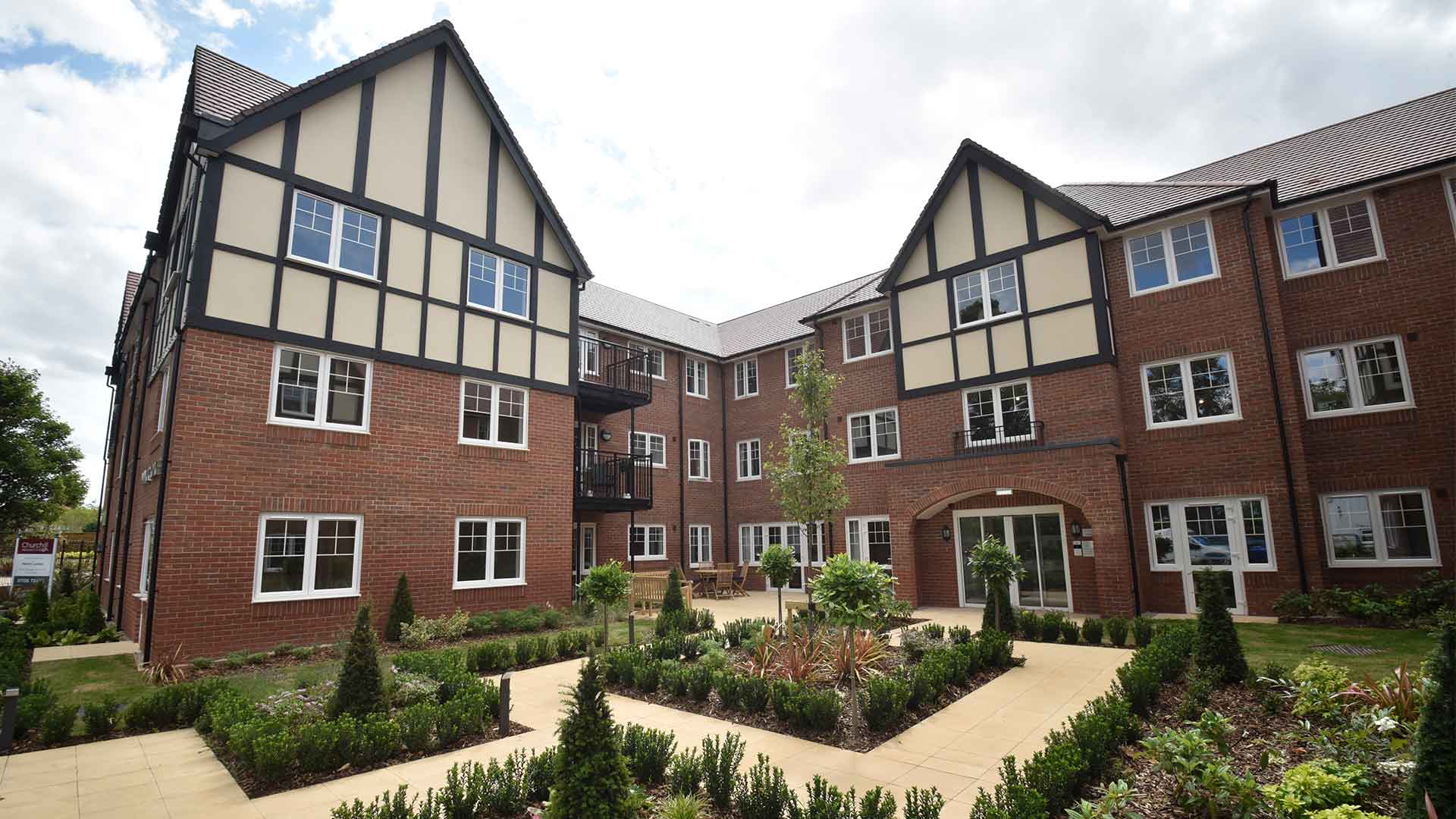Comment article by Spencer J McCarthy, Chairman & CEO of Churchill Living
Michael Gove has recently suggested that Beautiful Buildings should look traditional. I started out building traditional stone and thatched roof cottages in Wiltshire, so if anyone knows that traditional building design is popular it’s me.
Thirty years later my housebuilding company still instinctively favours building design that is traditional, or at the very least is consistent with architecture of the existing neighbourhood. In practice that means looking at the scale, period and style of buildings that define a particular area and capturing that in a building design which is visually unobtrusive and simply looks like a building that was always intended to be there.
This can range from designing an apartment block to be visually consistent with neighbouring low-rise 1930s semi-detached properties through to recreating a Georgian- style facade on a new apartment building to match other buildings on a High Street location.
The sort of buildings we default to are invariably below 11m high and constructed with brick walls, tiled roofing and with design details that mirror those in older buildings nearby. This sort of design and consideration is what makes new development more acceptable for local communities and it is very often what our customers are looking for when they want to downsize. It is not only the case that 8 out of our 10 best-selling developments have been overtly traditional in design, but also that research confirms people are more supportive of retirement housing in their area than conventional mainstream flats. To that end Michael Gove is preaching to the converted when it comes to traditional design and retirement housebuilders.
However, the audience that needs to hear it is local authority planners who far too often encourage housebuilders like me to pursue a modern design even when it would be starkly at odds with neighbouring buildings and when frankly it isn’t to the taste of our customers.
It’s not just planners in the Town Hall who are inclined to favour modernism in building design, in Government those looking after Building Design Regulations are making the delivery of traditional, much less beautiful, buildings more and more difficult.
An example of this is upcoming changes which would mandate window design to be smaller and located higher up the wall of each apartment. This is the opposite of what people want.
The buildings our customers like have deep windows, particularly in the sitting room. This not only gives the building a good external aesthetic, it also means people living in that apartment can easily see outside from a seated position and can enjoy maximum daylight and ventilation. However, future design changes of the sort currently under consideration by planners will ironically make these sort of pleasing window designs a thing of the past.
Another example of where design quality is being compromised by changes created within Whitehall itself is the obligation to ensure every single parking space is equipped with its own high-power car charging technology. Putting to one side the costs, what this extravagant approach requires is a new separate electricity substation on each site, and that means in combination with local planners’ hunger for as many car parking spaces as possible there is less and less scope for the gardens and landscaping which are so essential to good urban design. Instead space that would otherwise have been lawns and border have to be given over to hardstanding and electrical substation infrastructure.
When it comes to traditional design that is sympathetic to the local community the Secretary of State has housebuilders who are on his side, myself included, but he also has an army of planners and building regulators who are not.


